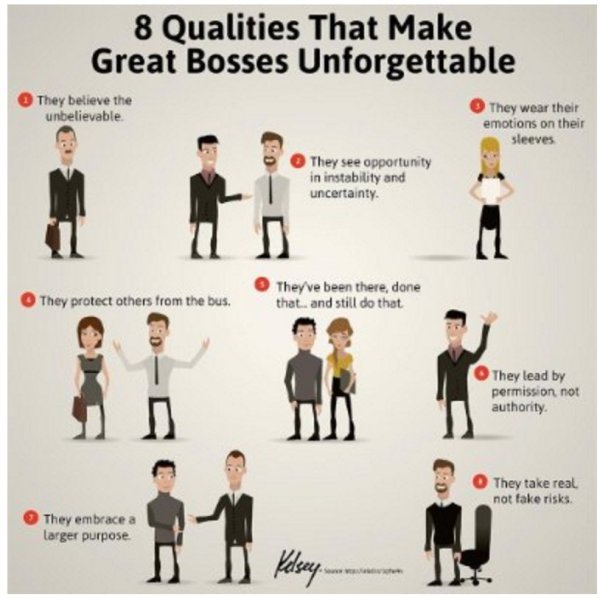 Photo Credit: Pinterest
Photo Credit: Pinterest
A pastor friend of mine, Dave Lyle, posted about an encounter he recently had with a homeless man. The man did not ask for money. He just wanted Dave’s opinion on something. As Dave came closer, he noticed a large kitchen knife on the bench near the man, so he kept some distance. It turns out the man was once a chef, thus his knife, and had come on hard times. Homeless for the last 10 years. In Dave’s post, he had noted several other people who passed the man without looking his way, treating him as if he wasn’t really there.
“To acknowledge another person costs you nothing” was Dave’s observation.
Pastor Dave’s story reminded me of a man who “begs” on a busy corner in our city. I put the word “begs” in quotes because he doesn’t really ask for anything. He stands there with a cardboard placard with words of encouragement and affirmation on it for those waiting at the traffic light or driving by. His words are the substance of “a rising tide lifts all boats”. I wonder if, given another set of circumstances, he wouldn’t be a department head or even a CEO. He has given me more impetus to always have food in my car to give to people, like him…especially him. He is a great example of how acknowledgement can affect mindset and action.
Author and trainer Judith W. Umlas has written an excellent book on this subject: The Power of Acknowledgment (©2006 IIL Publishing, New York).
The website for her Center for Grateful Leadership extensively covers the topic of acknowledgement (at work and life, in general).
Her 7 Principles of Acknowledgment follow in brief:
- The world is full of people who deserve to be acknowledged…start by practicing your acknowledgment skills on people you don’t know very well, or even know at all. [Acknowledging those you most care about will follow easily.]
- Acknowledgment builds intimacy and creates powerful interactions. Acknowledge the people around you directly and fully, especially those with whom you are in an intimate relationship. Look for ways to say how much you value them, and then be prepared for miracles!
- Acknowledgment neutralizes, defuses, deactivates and reduces the effect of jealousy and envy! Acknowledge those you are jealous of, for the very attributes you envy.
- Recognizing good work leads to high energy, great feelings, high-quality performance and terrific results. Not acknowledging good work causes lethargy, resentment, sorrow and withdrawal. Recognize and acknowledge good work, wherever you find it.
- Truthful, heartfelt and deserved acknowledgment always makes a difference, sometimes a profound one, in a person’s life and work.
- It is likely that acknowledgment can improve the emotional and physical health of both the giver and the receiver.
- Practice different ways of getting through to the people you want to acknowledge. Develop an acknowledgment repertoire that will give you the tools to reach out to the people in your life in the different ways that will be the most meaningful to each situation and each person.
Acknowledgement is more than a compliment or positive feedback. It also has much greater impact that “criticism, finding fault, or saying nothing at all” (see links below). Acknowledgement demonstrates, whether talking to someone you know or a stranger, that you see the person. You truly see them and you see something they are doing that has meaning and gives meaning. You acknowledge, whether it is small thing or large, how that person, in that moment, had influence in your life…or that of others.
The Power of Acknowledgement – Part 1 – Alison Whitmire
The Power of Acknowledgement – Part 2 – Alison Whitmire
Acknowledgement communicates a genuine felt experience. To truly acknowledge someone, we must step into their space. We must pause our agenda. We must search for words to express what just happened for us. Finally, we engage bodily with our words (by this I mean our non-verbal communication aligns with what we are saying). We lean in, give eye contact, and tune our facial expression to what we want to express.
Acknowledgement then is best given in person. However…it can be done via other communication mediums. We can be creative, but the main point of all this is to go the extra mile and not let opportunities for acknowledging others pass us by. [The social distancing foisted on us by COVID has kicked to the corner much of the practice of acknowledgement. We are wise to shake off our doldrums and reestablish these practices.]
Is it your practice to regularly (honestly and in a timely fashion) acknowledge those in your lives who have made a difference? These may be close colleagues, near family, or even essential workers we see regularly and the occasional stranger we may meet only once.
 Photo Credit: IZ Quotes
Photo Credit: IZ Quotes
To close, I want to give a shout-out to this one guy I know. He is an off-the-chart introvert, but he regularly and without hesitation uses his voice to give acknowledgement to folks in his work (and life). Often, it comes on the heels of praise he is receiving for some innovation or decision made at a point of crisis. He passes that praise on to those who, in his reckoning, made possible the culmination of an excellent work. I have actually counseled with him to take the acknowledgement himself from time to time, but he is unmoved. In a culture where we are elevated because of ownership of ideas and our confidence in ourselves, he and others like him give the most relatable picture of “it takes a village”.
 Photo Credit: Twitter
Photo Credit: Twitter
So…are you the glad recipient of acknowledgements in your workplace or home space? How do you practice acknowledgement in these challenging days – when eyes meet less, heads are down, and we have too often insulated ourselves to task, tribe, or timetable? Please comment below.



























